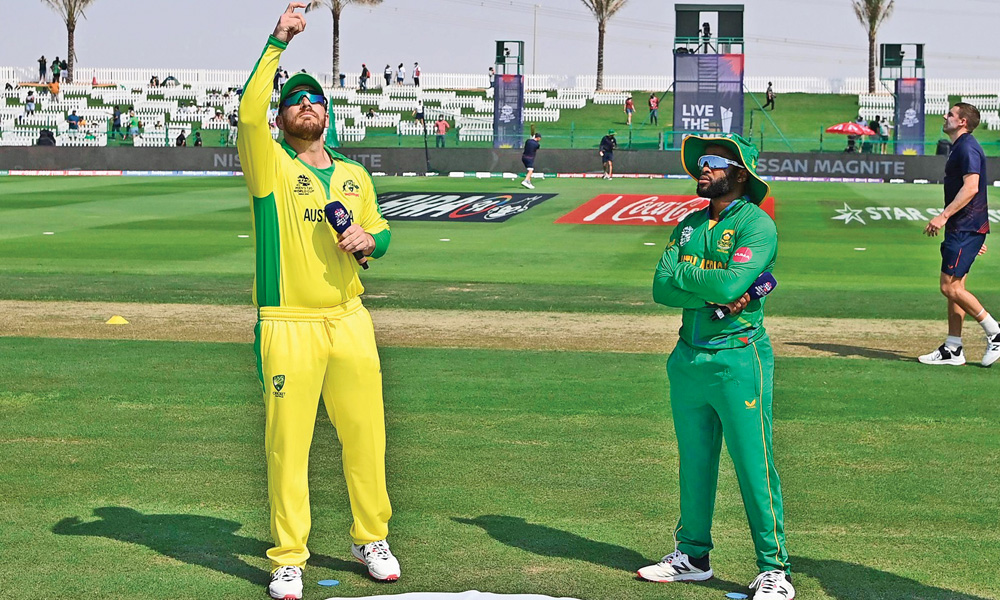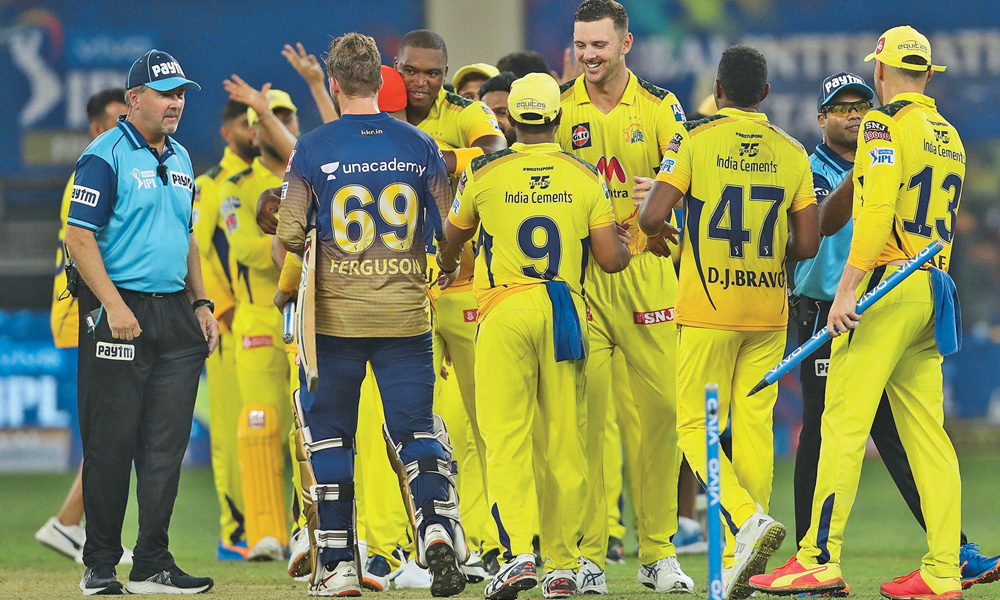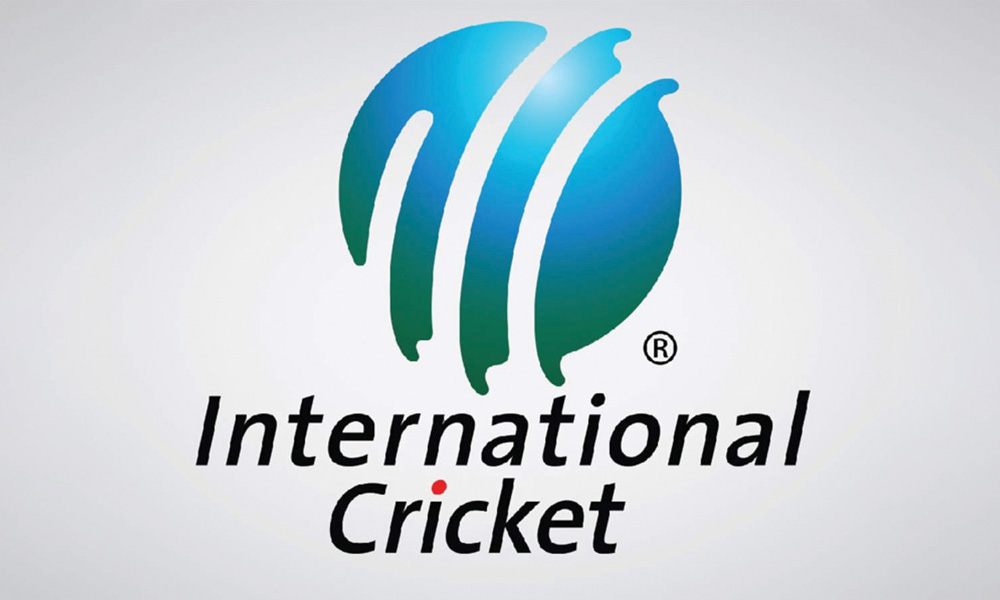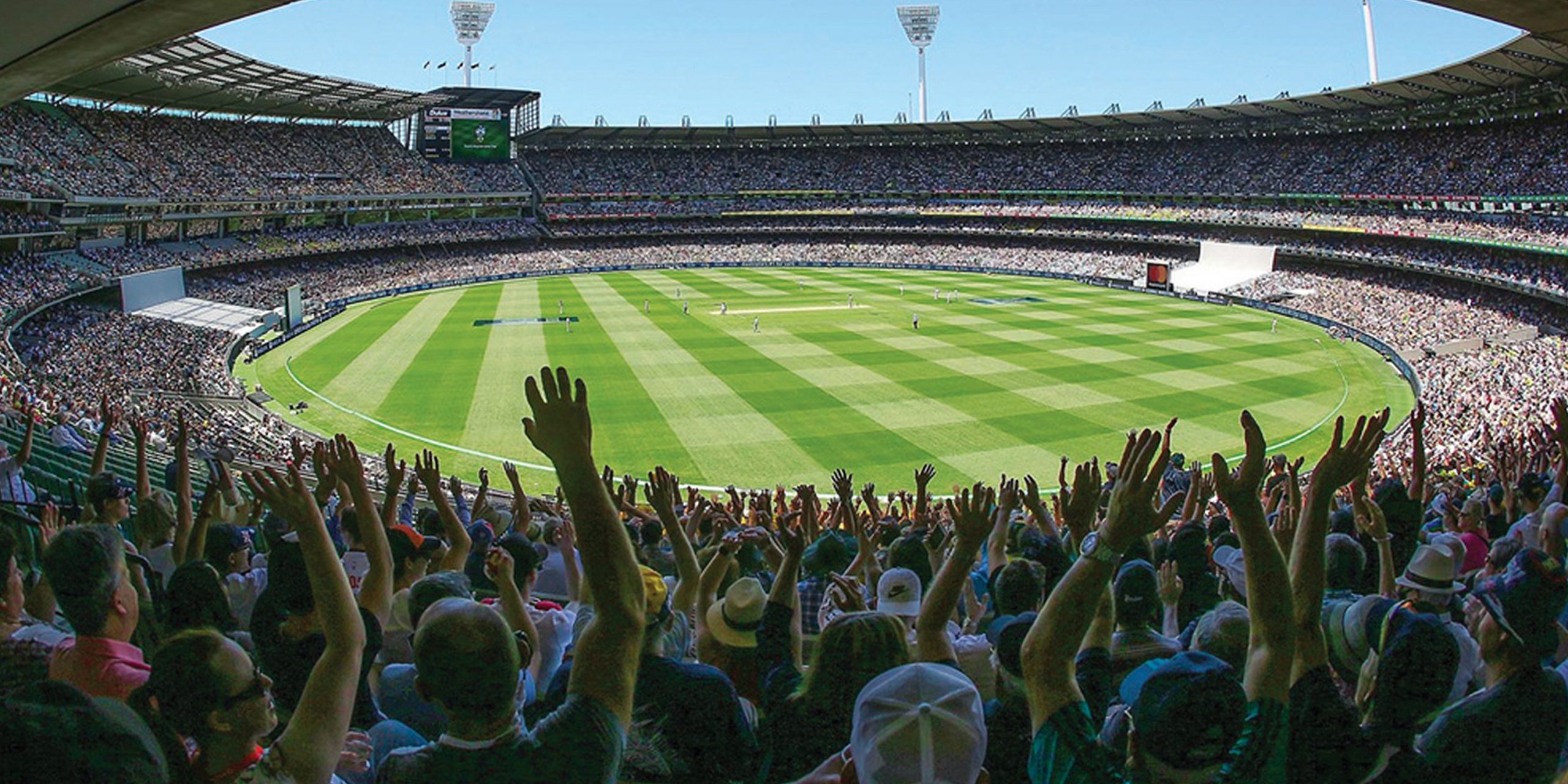Once Test cricket was the mainstream product, the crowd at the turnstiles, the gentlemanly players, and stars was a spectacle. Rollicking batsmen, devastating fast bowlers, wily spinners, umpires wearing long white coats, the mannerism, rules, the elite properly dressed, a gentle clap, standing ovation or at best one or two soft words ‘played’ or ‘well bowled’ was cricket’s purest expression.
However, in a much subtle way there were attempts to add financial attraction. 1912’s triangular series experiment involving England, South Africa and Australia playing in England sunk as did the Titanic that year.

Cricket saw its evolution through the ages interspersed with unwanted events such as the bodyline, drag, mediocre white captain leading the star studded coloured West Indies team, England taking almost twenty years to take on New Zealand after they had been included as ICC’s Full Member, racism, back-ended cricket politics, India, Pakistan and West Indies not playing against South Africa, Amateurs versus Professionals conflicts, drag, chucking, biased umpiring, pitch and ball tampering, spot and match fixing to see it progressing to having organized men’s and women world cups.
Sponsors such as Prudential Insurance in England, Wills in Pakistan, and Shell in the West Indies etc. joined in, four-day cricket reduced to Limited Overs Internationals and eventually to see T20 Internationals amidst burgeoning private leagues across the world. Cricket’s real essence and philosophy seems lost somewhere.
Optimists consider it as part of the globalized trends, monetization, and different business models where cricket has become an industry. To the connoisseurs it is all about vulgar commercialism where Test cricket is not only losing its audience but dying on its feet. Some also contemplate that time has come where the private leagues as we see in world football will soon supersede international cricket.
Should we believe that cricket has been held hostage by the broadcasters and the business entrepreneurs and here I am not referring to the over-powering black economy and strangely, as we see field restrictions in white ball cricket, the strategic time-outs even T20 International cricket itself provides a handful of opportunities for the betting houses and betters. If we dig deep, it seems ICC somewhere on one hand shows zero tolerance to corruption on the other inadvertently seemingly supporting the eruption of such events or providing the space.

Franchise owners are business magnets and there have been undertones about the type of people picking up the teams to consolidate their collateral earning streams regardless of how they do it, for power, fame or quadrupling their business investments. Interestingly, at times the amount of commercial airtime sold according to the total broadcasting sports outlay hardly syncs in with the vulgar investments made. Why would an entrepreneur risk his money? Should we also believe in the conspiracy theories that at times to ensure increasing the content pricing, somewhere matches in the global tournaments are orchestrated or team groups are made where India and Pakistan share the space? Just a question? Cricket’s legislative body which hugely depends upon the revenue they earn from the world tournaments broadcasting rights also have on their rolls the umpires, hawk eye, DRS, even the curators or spin of the coin (an ex-Pakistan captain shared a coin which had crown on both sides, may a manufacturing fault).
Effectively the organizers control the matches indirectly. Here we aren’t casting any doubts just deliberating on circumstantial evidence and that too not to make news but to understand the business mechanics in this world of outrageous commercialism. Cricket needed to progress, financially it has however the quality of the game has gone down. Maybe, to some it hasn’t regressed qualitatively, rather it has transformed out of all recognition and that’s what the attendees and viewers want to see. What you see sells out there in the market. This needs to be dug deeper still. This needs to be redressed.
We all know ICC’s main reason to introduce field restrictions was to make the game batsmen friendly since cricket passionate not the cricket literate come to see batters smacking the ball all around the park. For the cricket literate technique, method, baptism, self-belief, attitude, mental strength, and skills are what make a great cricketer. To the cricket frenzied or passionate, a batsman hitting a couple of sixes during crunch moments becomes a star overnight. Cricket is diverse but it could be indiscriminate and ruthless is a latest revelation.
Now let’s do some random mathematics. We must understand that the BCCI is the richest board and India remains the largest market in world cricket. ICC earns through global tournaments, branding, merchandize and other collaterals.

Currently, ICC infuses USD 273 million to BCCI (India), USD 143 million to England, USD 132 million each to Australia, Pakistan, New Zealand, South Africa, Bangladesh, West Indies, and Sri Lanka and USD 94 million each to Zimbabwe, Ireland, and Afghanistan over a period of eight years and up to USD 300 million is distributed amongst the Affiliate and Associate Members to help their theme of cricket’s globalization, infrastructural development and executing players’ programmes etc.
This means ICC over a period of eight years spends USD 2.578 billion. Interestingly the ICC global broadcasting rights 2015-2023 went for USD 2.2 billion, the BCCI global rights (2018-2023) were acquired for USD 1.1 billion whereas the IPL broadcasting rights (2018-2023) went for USD 2.6 billion. Now the canvas is changing. ICC shall be releasing their RFP for the next eight years broadcasting rights including a thick crop of world tournaments, almost one every year and they must be expecting to increase the value up to USD 3.0 billion to 3.5 billion. Leaving aside BCCI rights (2023-2028) which may have their value increased depending upon the FTP and India’s commitment up to USD 2.0 to USD 2.5 billion.
Interesting amidst cricket’s polarization, big four versus rest of the world, we must consider the Indian Premier League (IPL) being provided the time bands in the FTP since it is commercially attractive and a money-spinning machine. Its estimated brand value was up to USD 6.36 billion which due to the Covid-19 impact came down to USD 6.19 billion.
With two new franchises being added its brand value will soar up to USD 7.5 billion to USD 8 billion. With the number of matches to be increased to 99 per season means IPL shall take a major chunk out of the FTP timelines. Just to give an example in India where majority networks are based on subscription model, the broadcast advertisement revenue earned from IPL 2021 edition was up to USD 640 million.
Further, one minute during the India versus Pakistan match in the ICC World T 20, 2021 went for INR 60 million. IPL somehow is being preferred and considering their financial robustness it is understandable due to cricket having become a market-oriented sport.
Nonetheless, the orthodox like us are fearful and equally skeptical about one domestic brand of India with all its overriding might swiftly taking over international cricket. Regrettably, a governing body FIFA couldn’t save football from going full time private with players getting together either for the FIFA World Cup qualifying rounds or playing in the main event every four years why should we expect a meek legislative body dependent on full member votes that the ICC is being able to stand up and re-define their priorities.
I wonder if BCCI’s hegemonic presence through their brand for now may give them a commercial boost nonetheless somewhere in time it may well haunt them. As one of the top boards, effectively the richest and to go with boasting an outstanding team stacked with individual brands may well see other countries with even deeper markets such as the United States of America stepping in and backing private leagues attracting above average cricketers from all around the world, fast-tracking their qualification to represent US besides becoming part of their private league.
Polarization and economic disparity amongst the other boards will not help international cricket to survive. Private leagues may make players rich or random overnight stars, rest assured there shall be no legends becoming part of the cricketing folklore.
Just last few words how we saw Pakistan reeling at number eight and likely to be in another group were brought into the one where they could play India during the ICC Champions Trophy 2017. It’s another story that Asia is the largest continent providing maximum eyeballs and a robust market broadcasting outlay three Asian teams qualified for the semi-finals Pakistan, India, and Bangladesh, what an exciting coincidence.

India lost to Pakistan in the final and we had two top teams from one continent with Sri Lanka also the Champions Trophy, ICC World T20 and ICC World Cup winners lying low in the continent. Afghanistan’s mind-boggling rise as a wondrous T20 team gives broadcasters hope and more attraction towards Asia. Bangladesh for now going through a lean patch due to back-ended politics and trust breaches between the players and the BCB.
I wonder if Afghanistan could beat New Zealand and India qualifying for the semi-finals of the ICC World T20, 2021 shall at least make a few eyes to wink. It will be another pleasant coincidence.
